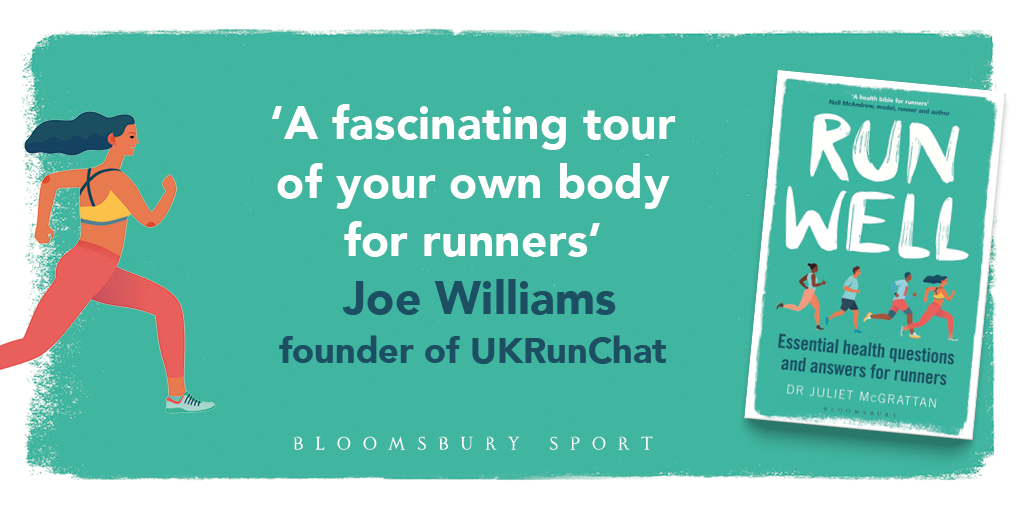Feeling out of breath is unpleasant! Your body is desperately trying to return the status quo. The drive to stop and get your breath back is intense. As a new runner, breathlessness can be very off putting and even frightening. But, it does get easier and mastering breathing while running is a key way that we can all improve our running.
Why do I breathe faster when I run?
Our body wants to get as much oxygen into our lungs and pumped to our working muscles as fast as possible but did you know that the main driver that triggers us to take a breath isn’t the lack of oxygen? It’s actually the rising level of carbon dioxide in our blood stream. Carbon dioxide is the waste product that we breathe out and when levels reach a certain point then we just have to breathe them out, this in turn leads to breathing in. Waste products are produced more quickly when our body is working hard during a run so we have to breathe more quickly to expel them. Couple this with the increased oxygen requirements of our most powerful running muscles and it’s easy to see why it’s easy to hear a runner coming up behind you.
Should I breathe through my nose or mouth when I run?
Whether you breathe through your mouth or nose is really personal preference. You will probably find you’re a mouth breather, especially when you run fast. I wrote a blog looking at this in more detail, you can read it here.
The ultimate aim is to get just the right amount of oxygen into your blood stream and adequately clear the waste gases. Maximising the oxygen that gets to your muscles means increasing your VO2 max that we looked at in Improve Your Running part 2. It all takes time and practice but will help you to perform better (if that is your goal) or to enjoy your running more because you feel more comfortable.
Improve your breathing while running
Here are some things to try when you’re out on your next run:
- Relax your shoulders. Keep your shoulders down and back, away from your ears. It’s so easy for them to get hunched and tense and this prevents you being able to expand your lungs properly. It also wastes energy which could be better used – check back to the IYR post about running efficiency and posture. Good posture helps you to breathe well.
- Notice your breathing. Leave the sports watch and heart rate monitor to one side and just focus on how your breathing feels. Breathing rate and effort are such good indicators of how hard your body is working. Play around with different paces and just notice what happens to your breathing. Get to know what feels comfortable to you and how long you can go for when you’re breathing faster and harder. Become your own expert in your breathing.
- Belly breathe. To maximise your breath, you need to fully expand your lungs This means breathing into your diaphragm and not just into your upper chest. Before you go out, lie on the floor and put your hand on your belly, just below your ribcage. Now breathe in and try to make your hand move upwards. Avoid letting your shoulder rise and push the air into your lower lungs instead. As you breathe out, your hand should fall. When you’ve mastered this, try it sitting and then standing. You need a strong and stable core when you run and this makes it really hard to breathe fully into your belly. Just be conscious of trying to push a little more air into your lower lungs rather than full on belly expansion.
- Rhythmic breathing. Try to regulate your breath with your foot strikes. We’re all different so the pattern of inhaling and exhaling that suits us will change. A regular breathing rhythm will help you settle into a pace that you can sustain. Experiment and see what feels right for you. You might find an even three steps while inhaling and three steps while exhaling suits you, or it may be a four:four pattern. Some experts claim an uneven pattern is better such as breathing in for three steps and out for two steps. You can read more about the benefits of a five step breathing pattern in this post by the American Lung Association. They also point out that if you are running more quickly, you can drop to a three step pattern – inhaling for two steps and out for one.
I hope you’re enjoying this Improve Your Running series. Next week we’ll be looking at why it’s a good idea to mix up your training and how following a plan can help.
If you’ve enjoyed this post you’ll love my book Run Well: Essential health questions and answers for runners, published by Bloomsbury and available everywhere you buy books.









One Comment